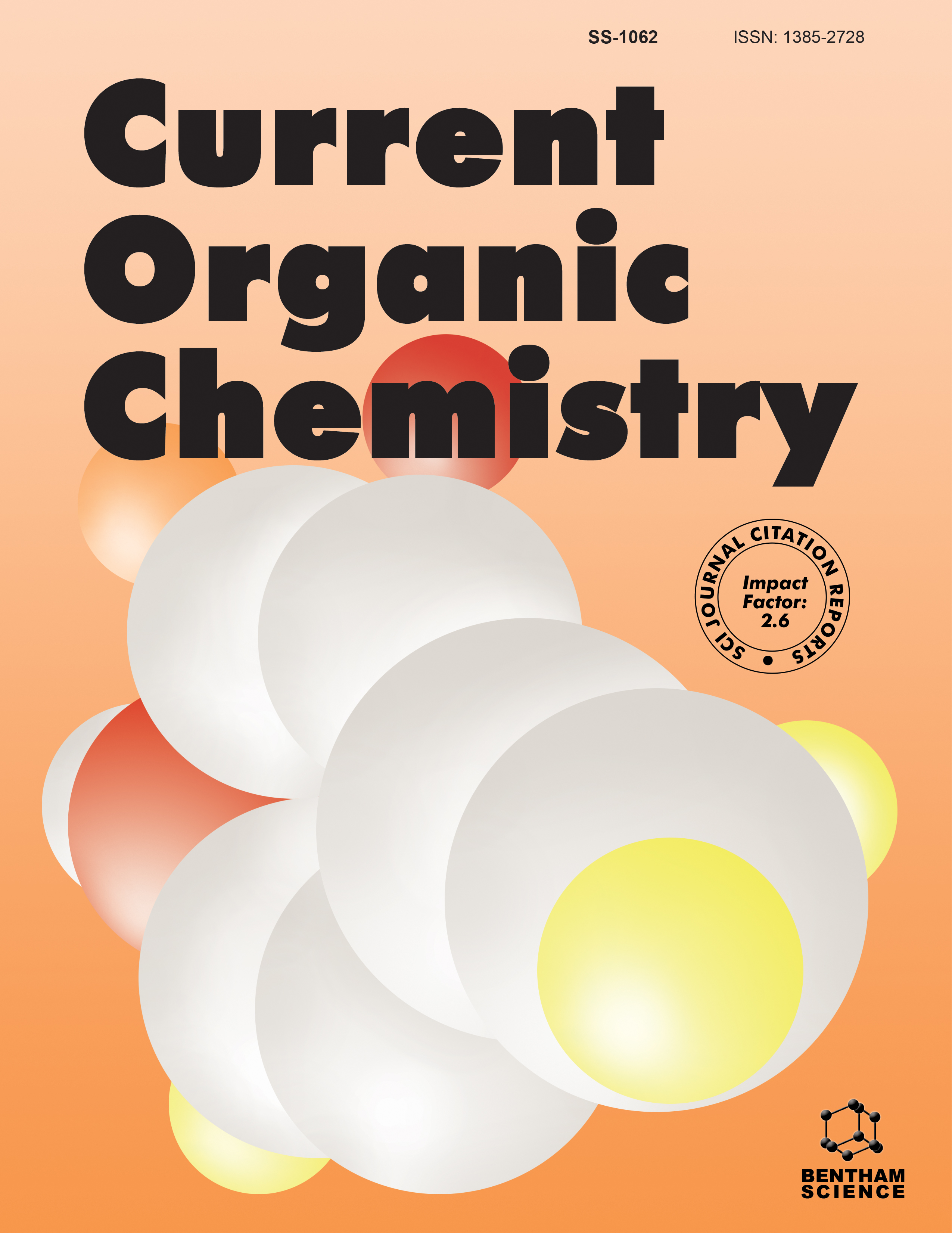-
oa Editorial [Hot Topic: Fundamentals in Organocatalysis. Past, Present and Future (Guest Editor: Raquel P. Herrera)]
- Source: Current Organic Chemistry, Volume 15, Issue 13, Jul 2011, p. 2082 - 2082
-
- 01 Jul 2011
- Previous Article
- Table of Contents
- Next Article
Abstract
With the publication of “Fundamentals in Organocatalysis. Past, Present and Future” in Current Organic Chemistry, our fascinating adventure gets to the end. As reflected in recent publications in top journals within the field of Organic Chemistry, the search for novel highly efficient catalytic processes is an active challenge that allows rapid access to complex molecular skeletons. In this respect, during the last decade, metal-free catalysis by using small organic molecules as catalysts has appeared as a useful tool in the field of asymmetric synthesis, being complementary to transition metal catalysis and enzymatic catalysis. Nowadays, great achievements have been reported in this emerging field covering the development of a wide range of catalytic transformations to provide access to the most complex structures, including valuable natural products. The success of this methodology has been increasing day after day attracting the interest of many research groups around the world. In this special issue we wanted to reflect some of the important aims reached in this developing area through the vision of a great group of chemists as experts or emerging but promising researchers in their respective areas of work. We have collected nine appealing contributions regarding this amazing world such as: the work of Prof. Dominguez de Maria and co-workers concerning the Stetter-type reaction: from enzymatic performances to bio-mimetic organocatalytic concepts; the report of Prof. Gasperi and co-workers that provides an overview about the organocatalytic approach to the synthesis of six-membered heterocycles; the work described by Prof. Lattanzi and co-workers which covers the area of noncovalent bifuntional organocatalysis mediated by β-amino alcohols; the contribution of Prof. Merino and coworkers about the organocatalytic activation of imines through hydrogen bond interactions; the review presented by Prof. Ricci and Prof. Bernardi in the field of organocatalytic asymmetric Mannich reactions giving β3-amino acid derivatives; the account reported by Prof. Terada in the field of chiral phosphoric acid catalysts; the review of Prof. Toma and co-workers regarding organocatalytic reactions under unusual conditions; the contribution of Prof. Tsogoeva and co-workers concerning binaphthyl derivatives as Lewis and Brønsted base catalysts; and the review in which I have personally participated together with Prof. Marques-Lopez dedicated to structural aspects of diarylprolinol derivatives. In summary, we think that this special issue might represent a significant contribution in the field of asymmetric organocatalysis, being a reference in this area, and we hope to attract the attention of a broad audience. I do not want to finish without thanking all the authors for their valuable and interesting contributions, which give form to this special issue, and for their efforts and support in this challenging task.


